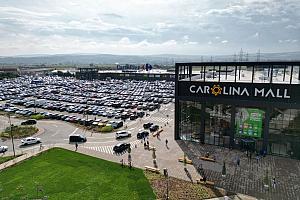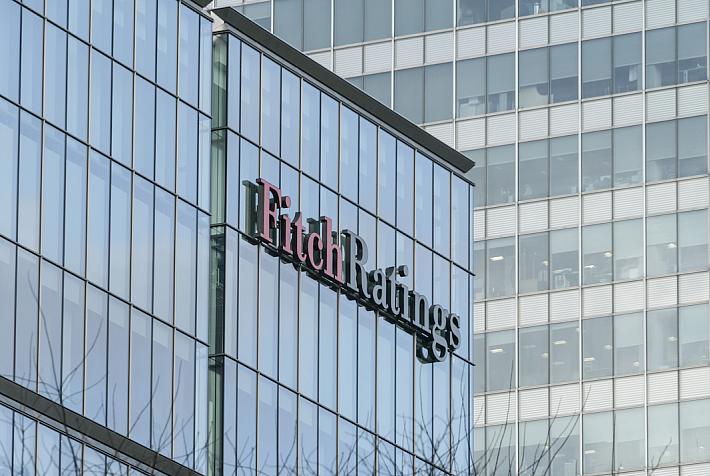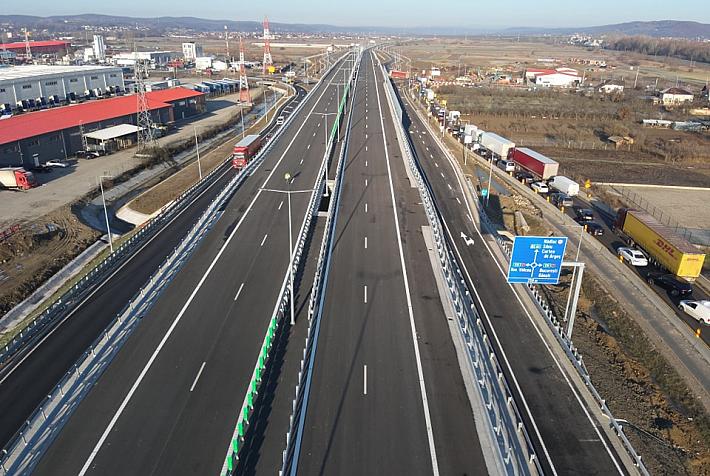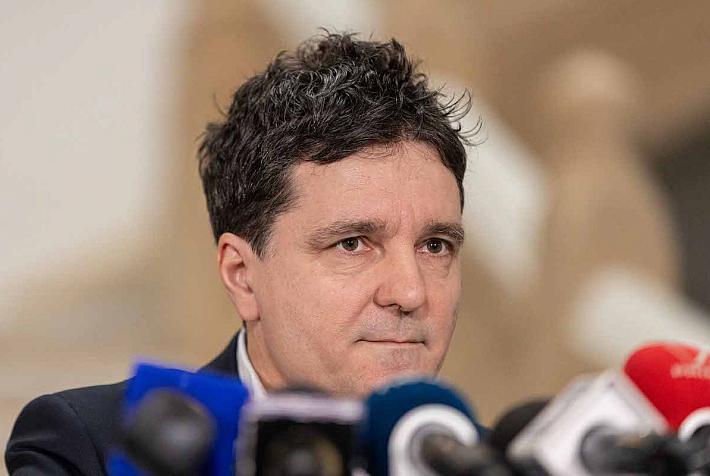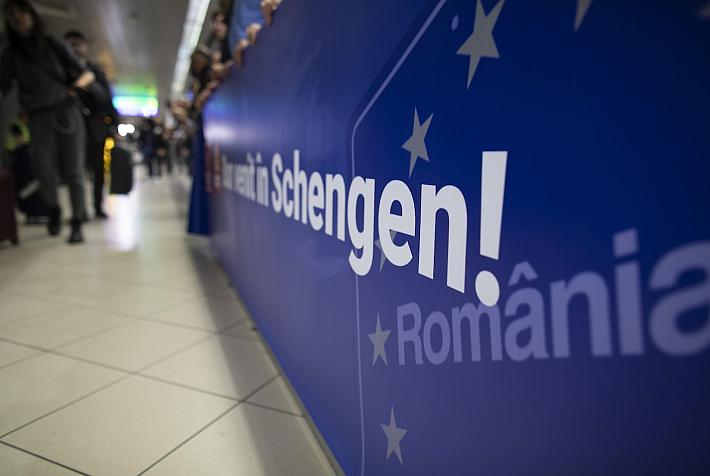Cushman & Wakefield Echinox: Bucharest hotel market rebounds after pandemic declines

Despite the lingering impact of the COVID-19 pandemic, the hotel market in Bucharest is recovering, a trend that could encourage opportunities in the transaction scene, according to a report by real estate consulting company Cushman & Wakefield Echinox.
The average hotel occupancy level across the CEE-6 capitals (including Bucharest, Bratislava, Budapest, Prague, Sofia, and Warsaw) in 2023 lagged 2019 by 9%, but the ADR (or average daily rate) surpassed it by 23%, resulting in a 12% RevPAR (revenue per available room) growth.
In Bucharest, in 2023, hoteliers managed to catch up with 2019 RevPAR values, primarily due to the boost in ADR.
“The positive trajectory of key performance indicators (KPIs) and the promising investment announcements for the coming years are poised to encourage both Romanian and foreign investors to consider Bucharest’s hotel market for capital placement,” Cushman & Wakefield representatives said.
The occupancy rate in Bucharest increased by 5% compared to the previous year but was still 10% below the 2019 level. A possible explanation is that the volume of overnight stays by foreign tourists has not fully recovered to pre-pandemic levels.
“Notably, the months of January and February saw the highest increases in occupancy rates compared to the same period in 2022. The George Enescu Festival in September significantly contributed to hotel occupancy, while the increases recorded in June and October are attributed to the high season months. For the remaining period, hotels experienced lower occupancy compared to 2022,” reads the press release.
According to Oxford Economics estimates, the demand for hotels in Bucharest will surpass 2019 levels by approximately 6% by 2025, mainly driven by the recovery in the number of overnight stays by local tourists, which has already reached pre-pandemic 2019 levels during 2023.
At the same time, the ADR of hotels in Bucharest was up 12% compared to 2022 and over the 2019 level.
“The combined effect of rising ADR and improved occupancy rates resulted in an impressive 18% enhancement in RevPAR for Bucharest, surpassing the 2022 figures and reaching the pre-pandemic 2019 levels. This dynamic aligns with the broader recovery trend observed across all capitals of the CEE-6 region,” Cushman & Wakefield said.
Sevda Cadir, Senior Hospitality Consultant in CEE & SEE, Cushman & Wakefield, commented: “The Bucharest hotel market has demonstrated resilience despite geopolitical challenges. The limited supply, as well as the anti-inflationary nature of the hotel industry and the improvement of the supply - both through the development of superior class hotels (midscale - luxury) and through the renovation of existing ones - has contributed to achieving 2019 RevPAR levels in 2023. Looking ahead, while ADR growth may moderate, occupancy rates are expected to continue their upward trajectory.”
The hotel investment activity witnessed an 18% decline in volume across the CEE-6 (Romania, Slovakia, Hungary, Czech Republic, Bulgaria, Poland) in 2023, driven by rising financing costs and economic/geopolitical challenges.
In 2023, Romania recorded a total transaction volume of EUR 28.2 million, marking a 67% decrease compared to the record-breaking year of 2022 (influenced by two pan-European portfolio transactions). Notably, all buyers in 2023 were local investors.
The yields in the capital city climbed by 50 percentage points in 2023 compared to last year, reaching 8.25%.
David Nath, Head of Hospitality CEE & SEE, Cushman & Wakefield, said: “As performance in the hotel sector improves, both domestic and regional investors are showing renewed interest in Romanian hotels. However, they are approaching with caution due to the high level of uncertainty and the associated high cost of capital. Our market analysis suggests that several historical buildings in the central area of Bucharest are likely to be transacted in the upcoming year.”
Over the past few years, the hotel market in Bucharest has experienced a moderate annual average growth in new offerings, at 0.9% between 2019 and 2023. This modest trend was primarily influenced by the cancellation of PUZ (Urban Zoning Plans).
This year, two new hotels with a total of 90 rooms will be opened, including the Corinthia Grand Hotel Boulevard. Between 2024 and 2025, an estimated average annual growth rate of 4.1% in the number of rooms is expected.
irina.marica@romania-insider.com
(Photo source: Andrey Norenko/Dreamstime.com)







